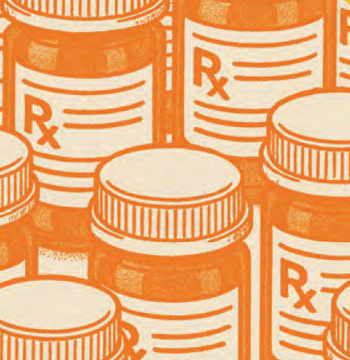
Researchers Find Genetic Mutations Can Result in Increased CMV Risk
Johns Hopkins University School of Medicine researchers have found that genetic mutations of the NOD1 protein can result in increased risk of cytomegalovirus (CMV).
Cytomegalovirus (
Researchers at Johns Hopkins University School of Medicine have made a discovery that provides insight into what can increase the risk of an individual acquiring CMV and the answer was found in NOD1, a protein that is known to have a role in initiating immune response. In experiments involving human cells and mice subjects, they found that a genetic mutation that modifies this protein can lead to an increased risk of CMV.
According to a recent
When speaking of the implications of the study’s results, Ravit Boger, MD, associate professor of pediatrics at the Johns Hopkins University School of Medicine, explained in the press release, “Our results suggest that this protein explains why not every person is at the same risk for CMV, and that we might someday be able to develop tests to identify and manage those who are at increased risk for CMV-related disease.”
Previous to this, Dr. Boger and his team identified NOD1’s sister protein, NOD2 as a protein that plays a role in CMV control. This new study shows that NOD2 is not the only important protein involved.
In their study, using human cells called fibroblasts—the most common cells that make up connective tissue—the team set out to find if NOD1 has any impact on the replication of CMV in lab-grown cell cultures. According to the press release, the researchers were able to do this because they treated the cells with bacterial fragment, thus, upregulating NOD1. In addition, they “genetically engineered cells to contain nonfunctional forms of NOD1.” They found that there were lesser levels of CMV replication occurring in the cells where NOD1 had been activated compared to the control.
The researchers also conducted experiments involving mice, whereby the researchers administered two doses of a “bacterial NOD1 activator” called iE-DAP to the mice. Then, they proceeded to infect the mice subjects with the virus. The researchers then followed up by collecting samples of organs and intracardiac blood from the subjects two weeks later; these cell samples were grown in dishes. They examined the samples for any sign of cell death. Their observations found that the mice who were treated with iE-DAP showed significantly less CMV replication than the control mice who did not receive the NOD1 activator.
Although the researchers still do not have an explanation as to how NOD1 alterations influence its role in CMV, they believe that genetic mutations to NOD1 increase an individual’s risk of acquiring CMV; as the protein’s shape changes, so does its function.
Dr. Boger noted that this is a contributing factor for CMV risk. In order to take their research further, Dr. Boger and her team want to observe “cell signaling pathways” pertaining to NOD1 proteins. Furthermore, the researchers want to learn more about the relationship between NOD1/NOD2 and CMV.
In the press release, Dr. Boger said, “We do not yet know how NOD1 accomplishes this function, or if NOD1 and NOD2 coordinate or work independently in the control of CMV."
Newsletter
Stay ahead of emerging infectious disease threats with expert insights and breaking research. Subscribe now to get updates delivered straight to your inbox.





















































































































































































































































































































